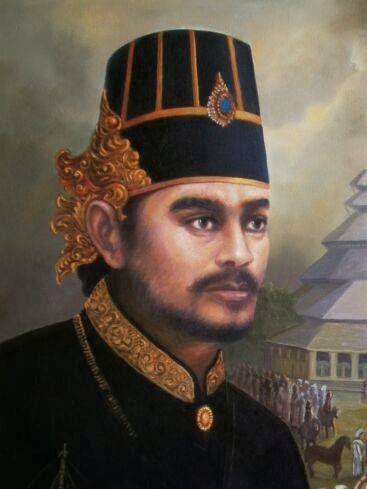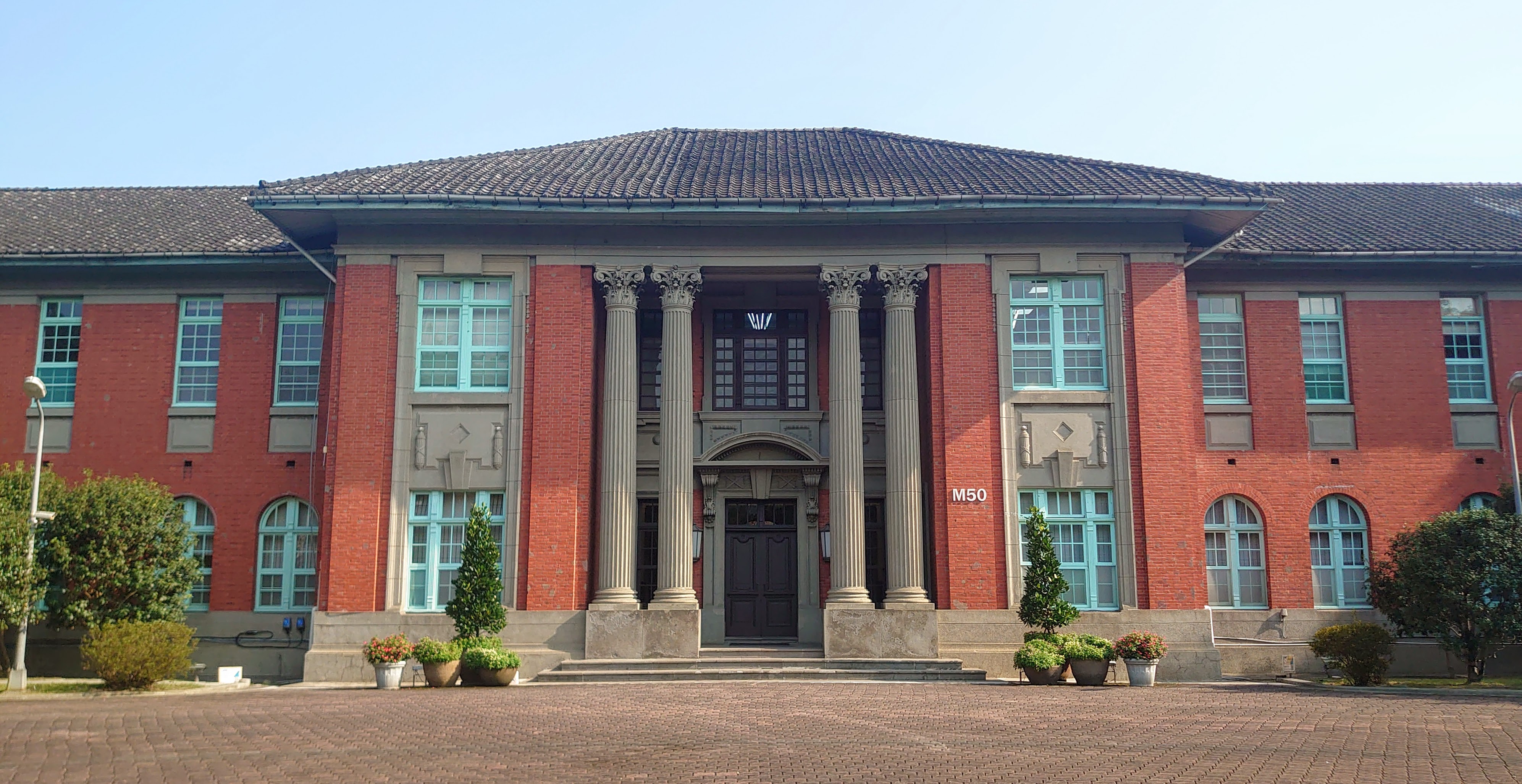|
Lebak Cibedug
Lebak Cibedug temple, is a Terrace (earthworks), terraced pyramid shaped sacred megalithic site on the bank of Cibedug river near Citorek village in Banten regency of West Java province of Indonesia. There are other megalithic menhirs and dolmens on this site. Location Citorek is 130 km southwest of Jakarta airport via Indonesian National Route 1 till Balaraja and then south via Jalan Raya Maja and Jalan Raya Cipnas to Citorek. Citorek is 90 km west of Bogor city via Indonesian National Route 11 and then south via Jalan Sukajaya and Jalan Raya Cipnas to Citorek. The forested site, surrounded by trees and volcanic andesite stones, is reached by 2 hour trekking from Citorek village to the smaller Cibedeg village in the west.Cibedug Site as a Historical Tourist Destinat ... [...More Info...] [...Related Items...] OR: [Wikipedia] [Google] [Baidu] |
Banten
Banten ( id, Banten; Sundanese: , romanized ''Banten'') is the westernmost province on the island of Java, Indonesia. Its capital city is Serang. The province borders West Java and the Special Capital Region of Jakarta on the east, the Java Sea on the north, the Indian Ocean on the south, and the Sunda Strait (which separates Java from the neighbouring island of Sumatra) on the west. The province covers an area of . It had a population of over 11.9 million in the 2020 census, up from about 10.6 million in 2010.Badan Pusat Statistik, Jakarta, 2021. The estimated mid-2021 population was 12.06 million.Badan Pusat Statistik, Jakarta, 2022. Formerly part of the province of West Java, Banten was declared a separate province in 2000. The region is the homeland of the Bantenese people, whose culture differs slightly from that of West Java's Sundanese people. The northern half (particularly the areas near Jakarta and the Java Sea coast) has recently experienced rapid rises in populatio ... [...More Info...] [...Related Items...] OR: [Wikipedia] [Google] [Baidu] |
Balinese Temple
A pura is a Balinese Hindu temple, and the place of worship for adherents of Balinese Hinduism in Indonesia. Puras are built in accordance to rules, style, guidance and rituals found in Balinese architecture. Most puras are found on the island of Bali, where Hinduism is the predominant religion; however many puras exist in other parts of Indonesia where significant numbers of Balinese people reside. Mother Temple of Besakih is the most important, largest and holiest temple in Bali. Many puras have been built in Bali, leading it to be titled "the Island of a Thousand Puras". Etymology The term ''pura'' originates from the Sanskrit word ('' -pur, -puri, -pura, -puram, -pore''), meaning "city", "walled city", "towered city", or "palace", which was adopted with the Indianization of Southeast Asia and the spread of Hinduism, specially in the Indosphere. During the development of the Balinese language the term ''pura'' came to refer to a religious temple complex, while the term ' ... [...More Info...] [...Related Items...] OR: [Wikipedia] [Google] [Baidu] |
Greater India
Greater India, or the Indian cultural sphere, is an area composed of many countries and regions in South and Southeast Asia that were historically influenced by Indian culture, which itself formed from the various distinct indigenous cultures of these regions. Specifically Southeast Asian influence on early India had lasting impacts on the formation of Hinduism and Indian mythology. Hinduism itself formed from various distinct folk religions, which merged during the Vedic period and following periods. The term ''Greater India'' as a reference to the Indian cultural sphere was popularised by a network of Bengali scholars in the 1920s. It is an umbrella term encompassing the Indian subcontinent, and surrounding countries which are culturally linked through a diverse cultural cline. These countries have been transformed to varying degrees by the acceptance and induction of cultural and institutional elements from each other. Since around 500 BCE, Asia's expanding land and maritime ... [...More Info...] [...Related Items...] OR: [Wikipedia] [Google] [Baidu] |
Tarumanagara
Tarumanagara or Taruma Kingdom or just Taruma is an early Sundanese Indianised kingdom, located in western Java, whose 5th-century ruler, Purnawarman, produced the earliest known inscriptions in Java, which are estimated to date from around 450 CE. At least seven stone inscriptions connected to this kingdom were discovered in Western Java area, near Bogor and Jakarta. They are Ciaruteun, Kebon Kopi, Jambu, Pasir Awi, and Muara Cianten inscriptions near Bogor; Tugu inscription near Cilincing in North Jakarta; and Cidanghiang inscription in Lebak village, Munjul district, south of Banten. Location The inscriptions of Taruma kingdom are the earliest records of Hinduism in the western part of the archipelago. The geographical position of coastal West Java, which corresponds to today modern Jakarta, is a commanding region that controls the Sunda Strait. This location is strategic in regard to Sumatra, and also its connection to Asian continent of India and China. The kingdom ... [...More Info...] [...Related Items...] OR: [Wikipedia] [Google] [Baidu] |
Sunda Kingdom
The Sunda Kingdom ( su, , Karajaan Sunda, ) was a Sundanese Hindu kingdom located in the western portion of the island of Java from 669 to around 1579, covering the area of present-day Banten, Jakarta, West Java, and the western part of Central Java. The capital of the Sunda Kingdom moved several times during its history, shifting between the Galuh (Kawali) area in the east and Pakuan Pajajaran in the west. The Sunda Kingdom reached its peak during the reign of King Sri Baduga Maharaja, whose reign from 1482 to 1521 is traditionally remembered as an age of peace and prosperity among Sundanese people. According to primary historical records such as the Bujangga Manik manuscript, the eastern border of the kingdom was the Pamali River (Ci Pamali, the present-day Brebes River) and the Serayu River (Ci Sarayu) in Central Java. Most accounts of the Sunda Kingdom come from primary historical records from the 16th century. The kingdom's inhabitants were primarily the eponymous ethni ... [...More Info...] [...Related Items...] OR: [Wikipedia] [Google] [Baidu] |
Prambanan Temple Compounds
Prambanan Temple Compounds is the World Heritage designation of a group of Hindu temple compounds that lie on the border between Yogyakarta and Central Java, Indonesia. It comprises Prambanan, Lumbung, Bubrah and Sewu temple compounds, all are located within Prambanan Archaeological Park. These temples are known locally as '' candi'' in Indonesian and Javanese languages. The temple compounds are located along Opak River valley within Prambanan Plain or Kewu Plain, an archaeologically rich area dotted with numerous Hindu temples dated from the 8th and 9th centuries CE, historically linked with the Mataram kingdom. The diversity and sophistication of the temple compounds and archaeological sites in this area are comparable to Angkor archaeological site in Cambodia. History The temple compounds date from the 8th to 9th century CE, linked with historic Mataram Kingdom that ruled Central Java during that period. Shailendras, the ruling family of the kingdom were known as the avid t ... [...More Info...] [...Related Items...] OR: [Wikipedia] [Google] [Baidu] |
Candi Of Indonesia
A candi () is a Hindu or Buddhist temple in Indonesia, mostly built during the ''Zaman Hindu-Buddha'' or " Hindu-Buddhist period" between circa the 4th and 15th centuries. The ''Kamus Besar Bahasa Indonesia'' defines a ''candi'' as an ancient stone building used for worship, or for storing the ashes of cremated Hindu or Buddhist kings and priests. Indonesian archaeologists describe ''candis'' as sacred structures of Hindu and Buddhist heritage, used for religious rituals and ceremonies in Indonesia. However, ancient secular structures such as gates, urban ruins, pools and bathing places are often called ''candi'' too, while a shrine that specifically serves as a tomb is called a ''cungkup''. In Hindu Balinese architecture, the term ''candi'' refers to a stone or brick structure of single-celled shrine with portico, entrance and stairs, topped with pyramidal roof and located within a ''pura''. It is often modeled after East Javanese temples, and functions as a shrine to a certain ... [...More Info...] [...Related Items...] OR: [Wikipedia] [Google] [Baidu] |
Ceto Temple
Ceto ( id, Candi Ceto) is a fifteenth-century Javanese-Hindu temple that is located on the western slope of Mount Lawu ( elev. 1495 m above sea level) on the border between Central and East Java provinces. Cetho is one of several temples built on the northwest slopes of Mount Lawu in the fifteenth century. By this time, Javanese religion and art had diverged from Indian precepts that had been so influential on temples styles during the 8-10th century. This area was the last significant area of temple building in Java before the island's courts were converted to Islam in the 16th century. The temples' distinctiveness and the lack of records of Javanese ceremonies and beliefs of the era make it difficult for historians to interpret the significance of these antiquities. It is close to Sukuh temple. See also ; In Java * Gunung Padang Megalithic Site * Candi Kethek, 11th-16th century similar smaller site in Central Java. * Candi of Indonesia * Prambanan Temple, 6th-9th century U ... [...More Info...] [...Related Items...] OR: [Wikipedia] [Google] [Baidu] |
Sukuh
Sukuh ( id, Candi Sukuh, ) is a 15th-century Javanese-Hindu temple ( candi) that is located in Berjo, Ngargoyoso district, Karanganyar Regency, Central Java, Indonesia on the western slope of Mount Lawu (elevation ). This temple has a height of 87 meters. Sukuh temple has a distinctive thematic reliefs from other candi where life before birth and sexual education are its main theme. Its main monument is a simple pyramid structure with reliefs and statues in front of it, including three tortoises with flattened shells and a male figure grasping his penis. A giant 1.82 m (6 ft) high of ''Shishna'' with four testes, representing penile incisions, was one of the statues that has been relocated to the National Museum of Indonesia. Background Sukuh is one of several temples built on the northwest slopes of Mount Lawu in the 15th century. By this time, Javanese religion and art had diverged from Indian precepts that had been so influential on temples styles during the 8th–1 ... [...More Info...] [...Related Items...] OR: [Wikipedia] [Google] [Baidu] |
Pugung Raharjo
Pugung Raharjo (sometimes called Pugungraharjo) is a 30 hectares archaeological site in the regency of East Lampung regency of Lampung Province in South Sumatra in Indonesia. The site was discovered in 1957. There is an ancient terraced megalithic structure, also known as Pugung Raharjo Pyramid. There other megalithic structures from the 12th to 16th century CE, including Menhirs and Dolmen, as well as prehistoric remains dating back to 2500 BC. It is locally known as the "Taman Purbakala Pugung Raharjo" (Pugung Raharjo Archaeological Park).Flame RozarioPyramids in Indonesia? It's not just Gunung Padang30 May 2016. It is situated approximately 50 km from the provincial capital, Bandar Lampung. History The site was discovered by transmigrants in 1957. Research on the site started in 1968. Further research was conducted in 1973, 1975, 1977, and 1980. Viewed from chronological, artifacts, and features, the site was considered unique and variative. This is because many relics from ... [...More Info...] [...Related Items...] OR: [Wikipedia] [Google] [Baidu] |
Candi Kethek
Candi Kethek, is a terraced megalithic pyramid shaped 15th-16th century Hindu temple on the northwest slope of Mount Lawu in Anggrasmanis village of Gumeng subdistrict in Jenawi district of Karanganyar Regency in Central Java of Indonesia., p. 424., p. 26. Temple has seven terraces facing west, each terrace is connected by stone steps.Flame RozarioPyramids in Indonesia? It's not just Gunung Padang30 May 2016. There is an alternative path to the top terrace on the south side. Kethek Temple is located northeast of fifteenth-century Javanese-Hindu Ceto Temple. To reach Candi Kethek, visitors must take a 300 m footpath from Ceto Temple in the direction of the path leading to Puri Taman Saraswati. Etymology Kethek in Javanese means monkey, the name given by local residents to this temple because there used to be many monkeys in this area. ''Candi'' means Hindu temple built during the ''Zaman Hindu-Buddha'' or " Hindu-Buddhist period", between the 4th and 15th centuries., p. 1. ... [...More Info...] [...Related Items...] OR: [Wikipedia] [Google] [Baidu] |
National Taiwan University
National Taiwan University (NTU; ) is a public research university in Taipei, Taiwan. The university was founded in 1928 during Japanese rule as the seventh of the Imperial Universities. It was named Taihoku Imperial University and served during the period of Japanese colonization. After World War II, the Nationalist Kuomintang (KMT) government assumed the administration of the university. The Ministry of Education reorganized and renamed the university to its current name on November 15, 1945, with its roots of liberal tradition from Peking University in Beijing by former NTU President Fu Ssu-nien. The university consists of 11 colleges, 56 departments, 133 graduate institutes, about 60 research centers, and a school of professional education and continuing studies. Notable alumni include Tsai Ing-Wen, current President of the Republic of China, former presidents Lee Teng-hui, Chen Shui-bian and Ma Ying-jeou, Turing Award laureate Andrew Yao, and Nobel Prize in Chemistry ... [...More Info...] [...Related Items...] OR: [Wikipedia] [Google] [Baidu] |







